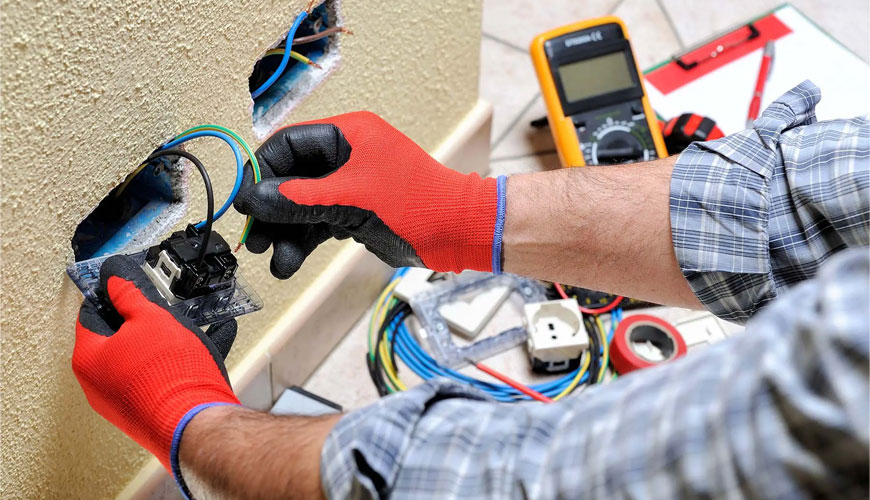

This part of IEC 61857 specifies a general test procedure for the thermal evaluation and qualification of electrical insulation systems (EIS) and establishes a procedure for comparing the performance of a candidate EIS with that of a reference EIS.

This basic standard is applicable to current or proposed EIS used in electrotechnical products with input voltage up to 1000 V, where the thermal factor is the dominant aging factor.
This International Standard now distinguishes between thermal classes for electrical insulation systems and electrical insulating materials. It sets criteria for evaluating the thermal endurance of electrical insulating materials (EIM) or electrical insulating systems (EIS). It also determines the procedure for assigning thermal classes.
This third edition cancels and replaces the second edition published in 2004 and creates editorial revisions to bring this standard into line with Parts 21 and 22.
An electrical insulation system (EIS) consists of a unique combination of materials whose chemical compatibility has been verified when used at specific maximum temperatures. These combinations are arranged to form insulation systems such as those used in motors, transformers and solenoids.
Electrical insulation system for wires used in generators, electric motors, transformers and other wire-wound electrical components is divided into different classes according to temperature and temperature rise. The electrical insulation system is sometimes referred to as insulation class or thermal classification.
For complete electrically powered devices, the "insulation system" is the overall design of the electrical insulation of the energized components to ensure the correct operation of the device and to protect the user from electrical shock.
The maximum hotspot operating temperature is reached by adding the machine's rated ambient temperature (usually 40°C), a temperature rise and a 10°C hotspot margin. Electrical machines are often designed with an average temperature below the rated hot spot temperature to ensure an acceptable life. The insulation does not deteriorate suddenly when the hot spot temperature is reached, but its useful working life is rapidly reduced; A rule of thumb is that for every 10°C increase in temperature, life is halved.
Our organization, among numerous test, measurement, analysis and evaluation studies, with its trained and expert staff and advanced technological equipment, within the framework of national and international standards, IEC 61857-1 Electrical Insulation Systems - Thermal Evaluation Procedures - Part 1: Low Voltage - Provides General Requirements testing services.
To get an appointment, to get more detailed information or to request an evaluation, you can ask us to fill in our form and reach you.